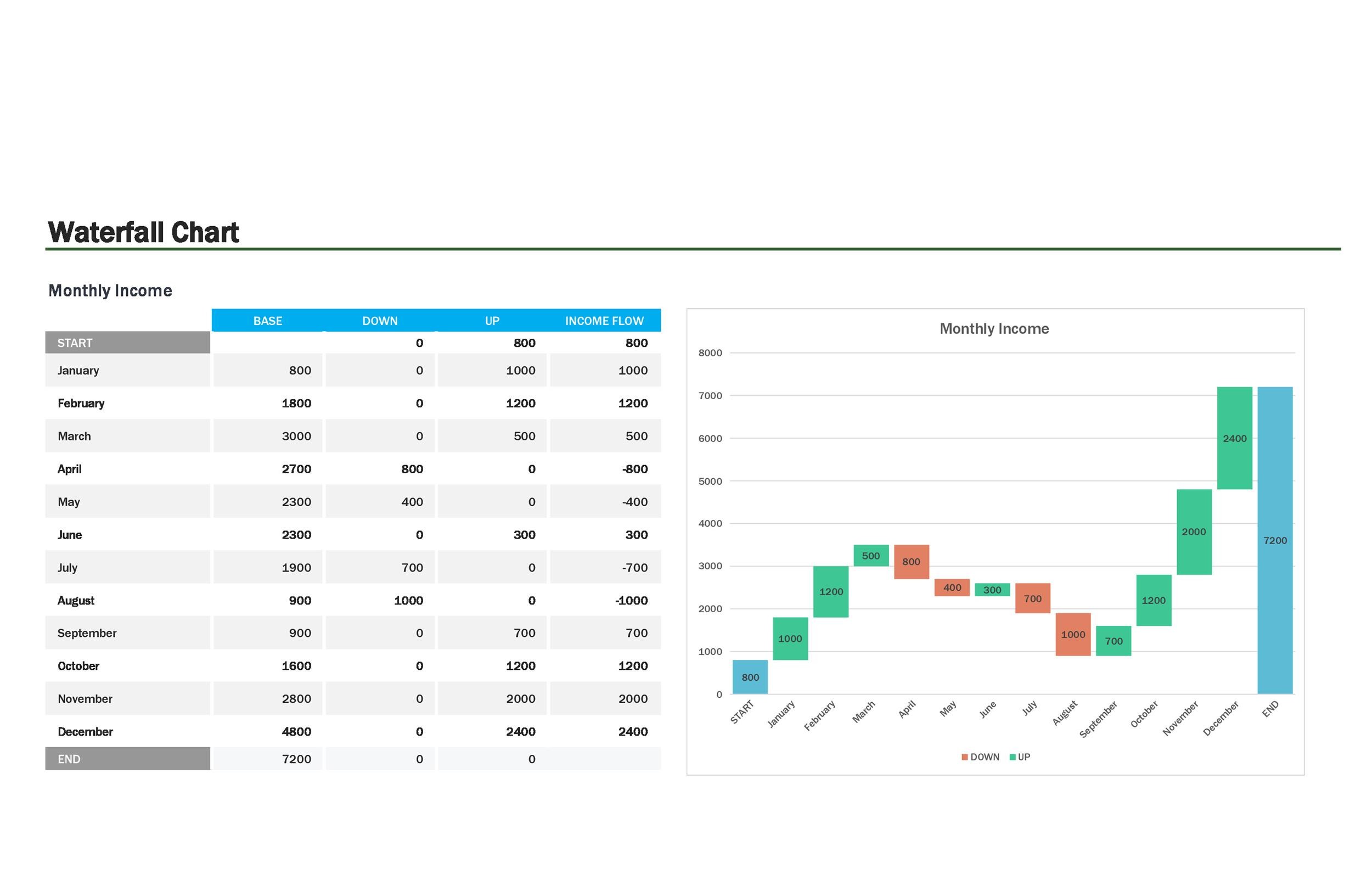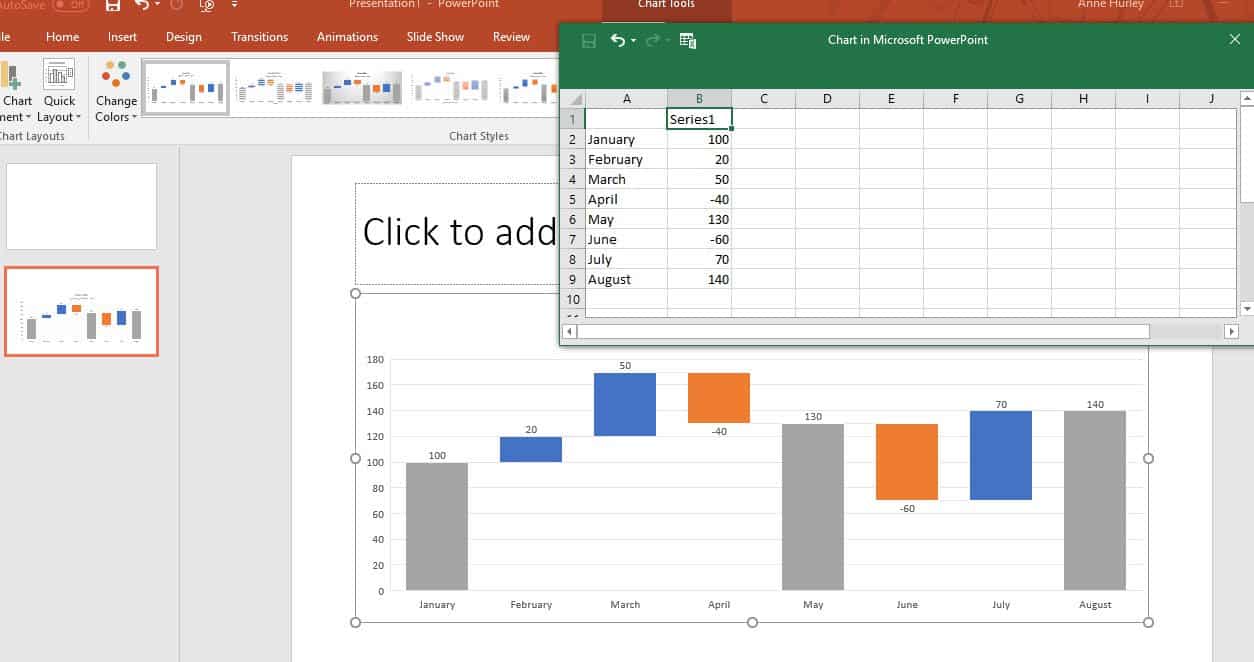

We can use the sparkline formula to create funnel charts in Google Sheets:Īssuming we have the same data above, in the range A2:B7, then use the following sparkline formulas: Our final chart should look something like this:įunnel charts in Google Sheets with sparklines We can fix this by adding data labels, then removing the x-axis labels altogether: It’s meaningless really, because our bars are floating in the middle of the chart area. Step 4: Add data labels and remove x-axis

Set the helper column bars to be transparent, thereby “hiding” them to give the appearance of floating bars in a funnel chart. Step 3: Set the helper column bar color to none You should end up with a chart like this (image shows how the data is plotted): Make sure you select Stacked Bar Chart from the Chart Types options. Highlight the new data range, including the helper column, and click Insert > Chart. This formula determines the max value in our data (in this case 636), calculates the difference between the max and the current value and then divides the result by 2 to center the bar, like so: In the new blank column, add the heading “Helper column” and insert the following formula: Move the data from column B into column C, so B1:B7 are now sitting in cell range C1:C7. So the first thing to do is to create a helper column containing the values for the transparent bars. Funnel charts in Google Sheet with the embedded chart builderĪs with the waterfall charts in my earlier post, the trick here is to use a stacked bar chart with transparent base bars, to achieve the floating effects: Here, I’m imagining the real estate agency collects data relating to their sales funnel, and they want to display it in a funnel chart format.Ĭlick here to open up the Google Sheet template and make your own copy (File > Make a copy.). Thankfully, they’re relatively simple to create, certainly simpler than the waterfall chart.įor all of these examples, we’ll use this fictitious real-estate dataset: We’ll build them using tricks with the chart builder tool, then with two different types of funky formula and finally, and best of all, we’ll build a tool using Apps Script, as shown in this image:Īs with the waterfall charts in Google Sheets, they’re not one of the out-the-box charts available to us, so we have to manually create them with a crafty workaround. However, they throw up some interesting techniques in Google Sheets and for that reason, merit this long article. Yes, they’re aesthetically pleasing because of that resemblance to a real-world, tapering funnel, which reinforces their message, but a plain ole’ bar chart would be equally suitable and actually easier to read data from (because the bars have a common baseline). The charts themselves are a bit of a novelty. In An圜hart there are many settings that are configured in the same way for all chart types, including the Waterfall chart (for example, legend and interactivity settings).Let’s talk about funnel charts in Google Sheets. The following sample demonstrates how a basic Waterfall chart is created: // create data
#Google sheet waterfall chart series
To create a Waterfall series explicitly, call the waterfall() method. If you pass the data to this chart constructor, it creates a Waterfall series. To create a Waterfall chart, use the anychart.waterfall() chart constructor. The Waterfall chart requires adding the Core and Waterfall modules:

You can also see the table below to get a brief overview of the Waterfall chart's characteristics:
#Google sheet waterfall chart how to
This article explains how to create a basic Waterfall chart as well as configure settings that are specific to the type. The elements are usually connected with lines. This type is otherwise known as a cascade chart, bridge chart, flying bricks chart, or Mario chart.Īs a rule, intermediate values are visualized as floating columns, while the initial and the final values look like whole columns.


 0 kommentar(er)
0 kommentar(er)
